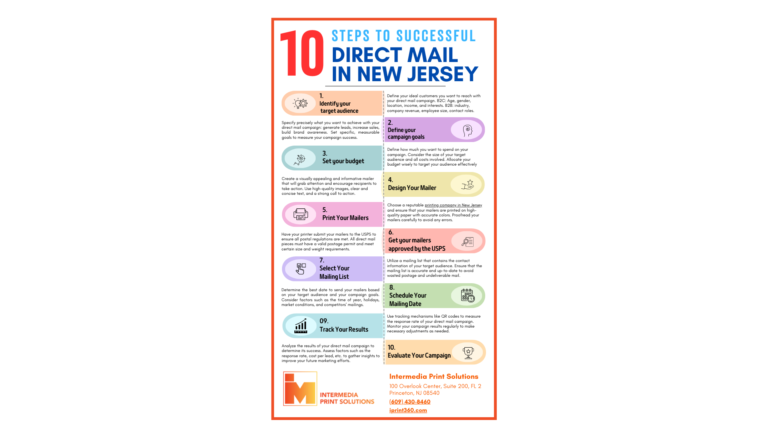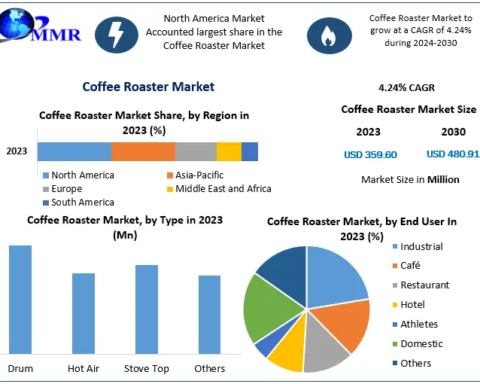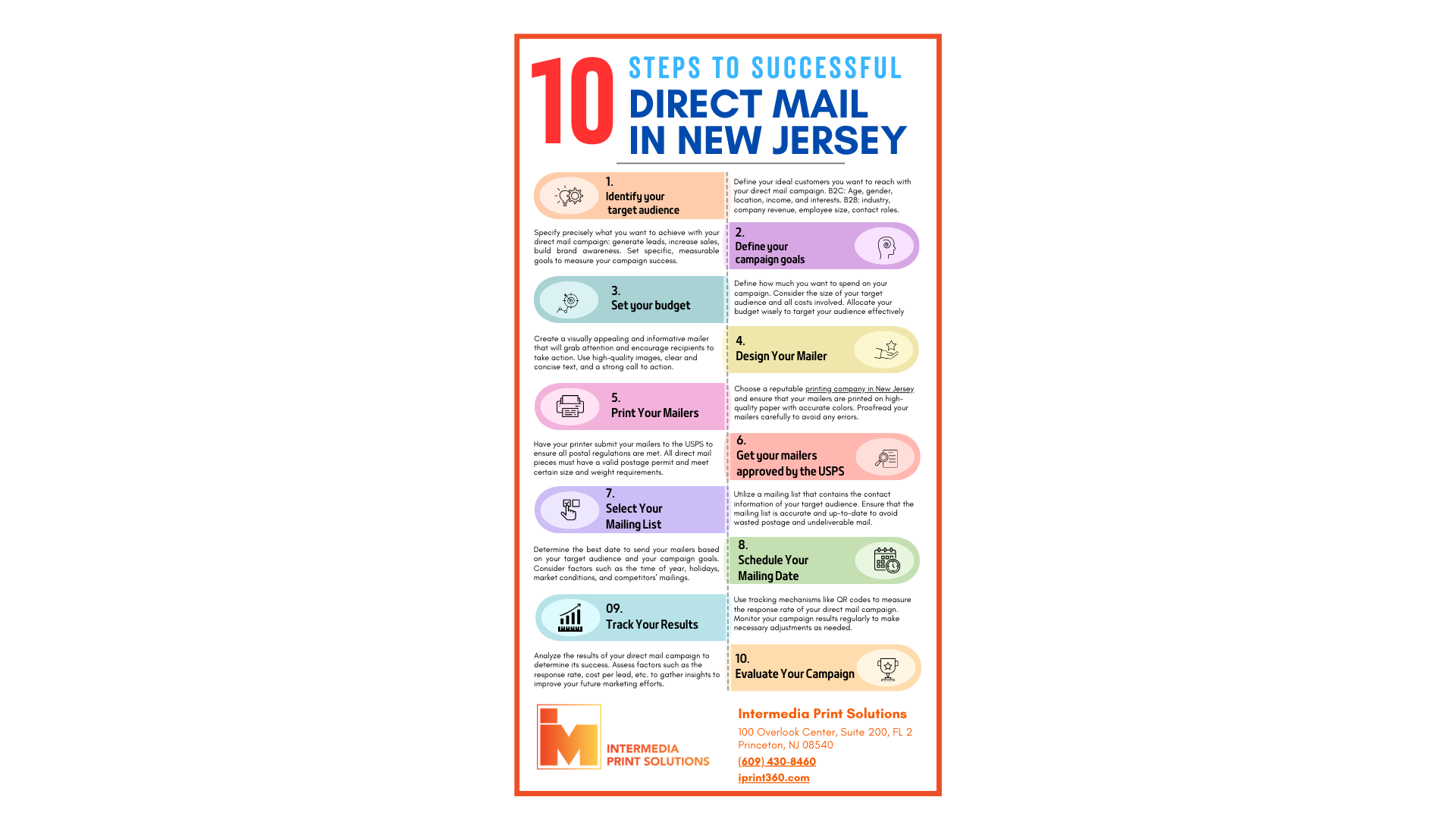In today’s hyper-connected world, consumers expect personalized experiences across all touchpoints. As marketers strive to meet these expectations, integrating data from various channels has become crucial. One particularly effective strategy is using social media data to personalize direct mail campaigns. This cross-channel approach leverages the real-time insights gathered from social media to enhance the impact of direct mail, creating a seamless and highly personalized customer experience.
Understanding the Power of Cross-Channel Marketing
Cross-channel marketing involves creating a cohesive customer experience across multiple channels. It’s about ensuring that whether a customer engages with your brand online, through social media, or offline, such as through direct mail, the messaging and experience are consistent and tailored to their preferences.
Direct mail and social media may seem like an unlikely pair, but together, they can create a powerful synergy. Direct mail offers a tangible, personal touch that digital channels can’t always replicate, while social media provides immediate, detailed insights into consumer behavior and preferences.
The Role of a Social Media Agency
A social media agency plays a crucial role in gathering and interpreting the vast amounts of data generated from social media interactions. This data includes demographic information, purchase history, behavioral trends, and engagement metrics. By analyzing this data, a social media agency can uncover valuable insights into customer preferences and behaviors, which can then be used to inform and personalize direct mail campaigns.
Steps to Personalize Direct Mail Using Social Media Data
-
Data Collection and Analysis:
-
The first step is to collect data from your social media platforms. This can include likes, shares, comments, follows, and other forms of engagement. A social media agency can help you track and analyze this data to identify patterns and preferences.
-
-
Segmentation:
-
Once the data is collected, it’s essential to segment your audience. Segmentation can be based on various factors such as demographics, geographic location, purchase history, and interests. For example, if a segment of your audience frequently engages with content related to eco-friendly products, you can create a direct mail campaign highlighting your brand’s sustainable practices.
-
-
Personalized Content Creation:
-
Using the insights gained from social media data, craft personalized content for your direct mail pieces. This could include personalized offers, product recommendations, or messages tailored to the recipient’s interests and behaviors. For instance, if a customer has shown interest in a particular product category on social media, your direct mail could feature a special offer for that category.
-
-
Integrating Digital and Physical Channels:
-
To create a seamless cross-channel experience, integrate your direct mail with digital elements. This could involve including QR codes that lead to personalized landing pages, promoting exclusive online content, or encouraging social media interactions. For example, a direct mail piece might invite recipients to follow your brand on social media for additional discounts or participate in a social media contest.
-
-
Quality Printing and Design:
-
The effectiveness of your direct mail campaign also depends on the quality of the materials used. Investing in professional printing direct mail services ensures that your mail pieces are visually appealing and durable. High-quality printing can enhance the perceived value of your direct mail, making recipients more likely to engage with it. To know more about direct mail, check out this infographic.

-
Benefits of Personalizing Direct Mail with Social Media Data
-
Increased Engagement:
-
Personalized direct mail is more likely to capture the recipient’s attention and encourage engagement. By leveraging social media data, you can ensure that your direct mail content is relevant and appealing to each recipient.
-
-
Higher Conversion Rates:
-
Personalized offers and recommendations are more likely to result in conversions. When recipients receive direct mail that speaks directly to their needs and interests, they are more inclined to take action, whether it’s making a purchase, signing up for a service, or visiting a website.
-
-
Enhanced Customer Loyalty:
-
Personalization shows customers that you value their preferences and are willing to go the extra mile to meet their needs. This can foster a stronger emotional connection to your brand, leading to increased loyalty and repeat business.
-
-
Improved ROI:
-
By targeting your direct mail campaigns more precisely, you can reduce waste and increase the return on your marketing investment. Personalized direct mail is more likely to result in positive responses, making your campaigns more cost-effective.
-
Implementing and Optimizing Your Strategy
To successfully implement a cross-channel strategy using social media data to personalize direct mail campaigns, follow these best practices:
-
Collaborate with a Social Media Agency:
-
Partnering with a social media agency can provide the expertise needed to effectively gather and analyze social media data. They can help you identify key insights and develop strategies to leverage this data for your direct mail campaigns.
-
-
Invest in Technology:
-
Utilize marketing automation tools and customer relationship management (CRM) systems to streamline the process of collecting, analyzing, and using social media data. These tools can help you manage customer data more efficiently and create more targeted campaigns.
-
-
Test and Measure:
-
Continuously test different approaches and measure the results of your campaigns. Use A/B testing to determine which messages, designs, and offers resonate best with your audience. Analyze the performance of your campaigns to identify areas for improvement and optimize future efforts.
-
-
Stay Agile:
-
The marketing landscape is constantly evolving, and consumer preferences can change rapidly. Stay agile and be ready to adjust your strategies as needed. Keep an eye on emerging trends and be prepared to incorporate new data and insights into your campaigns.
-
Bridging the Gap
Integrating social media data into your direct mail campaigns can significantly enhance their effectiveness and create a more personalized customer experience. By working with a social media agency and investing in quality printing direct mail services, you can ensure that your campaigns are both targeted and visually appealing. As you implement these cross-channel strategies, you’ll be better equipped to engage your audience, drive conversions, and build lasting customer relationships. By bridging the gap between digital and physical channels, you can maximize the impact of your marketing efforts and stay ahead in today’s competitive landscape.





















